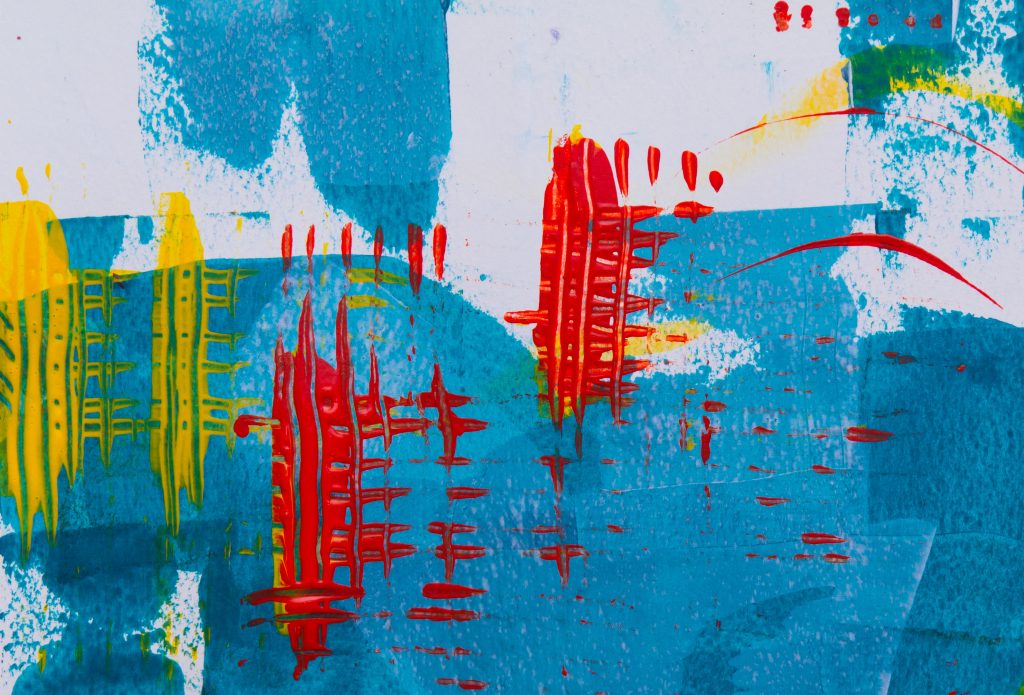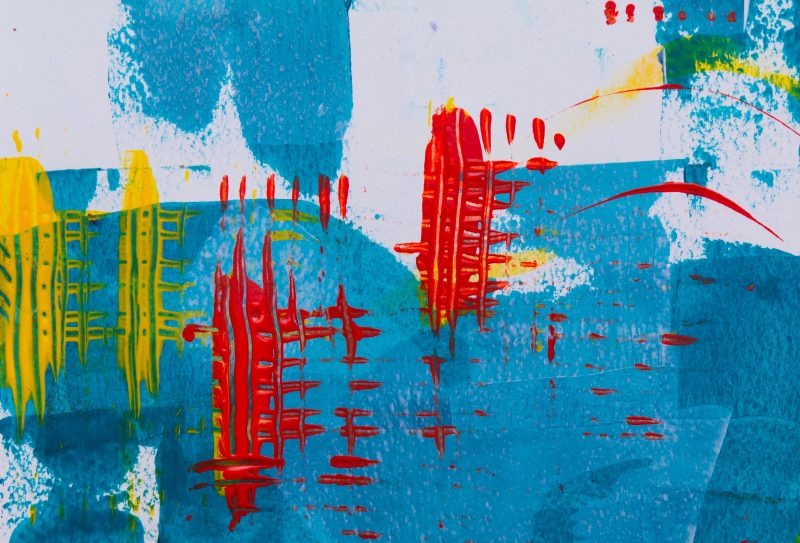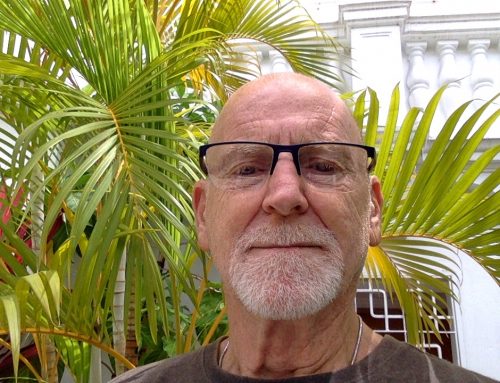Art has an underlying sense of urgency. As an artist, you only have one lifetime to get as much out of your head and onto paper as possible. Unless you are one of a select few that can devote most of their day to creating art, you most likely have limits to your creative time that further constrict this mission. It is therefore imperative that we learn to harness our creative minds so that we can always be making forward progress with every free artistic moment awarded to us.
I grew up having a tumultuous relationship with art. When the stars aligned I felt an overwhelming surge of creativity that would begin a short window of intense, determined creation. I would catalog a list of wonderful project ideas (longer than I knew I could finish within the window) and set to work. If I was lucky I would finish something before the window closed. If I was luckier it would be something I was proud of. These occasional proud moments would keep me holding onto the idea that I wanted to be an artist. This feeling sustained me through the months after this creative window closed. I would be crippled by my lack of creative drive and a sense of desperation at not creating art while I had free time to do so.
When I was 22 I had a mental breakdown following an intensely stressful college situation. Four weeks before graduation and after three days of no sleep, I was taken from my home in handcuffs by campus police due to erratic behavior. I spent the next five days in an inpatient psychiatric ward for observation. I had experienced acute manic psychosis and was placed on antipsychotics. This was brushed off as an isolated incident and I eventually stopped medical treatment. The following year in grad school, I was prescribed an anti-depressant which over a few weeks sent me into a second manic episode. It was at this point I was diagnosed with Bipolar Type One.
My artistic past became clear to me. This feast or famine relationship with Art coincided with my changing moods between mania and depression. My life had abruptly come to a halt with this diagnosis and my energy turned to learning how to manage my illness. Though I was initially frustrated with this detour, taming my Bipolar Disorder led me to a way of taming my creative side. Not every artist is bipolar, but I believe this idea of harnessing a fleeting creativity is common among artists.
Managing bipolar disorder is a lot of work. Medication, therapy, doctor’s visits, self-care and having an open dialog with my support structure are at the core of staying on top of this illness. Ideally this reduces the amount of breakthrough symptoms I have, though I will never be 100% symptom-free. What is interesting is that this work happens all the time, not just when I am having symptoms. I must go through every one of these motions, even if things seem fine.
The wake up call for me as an artist was when I realized that art, at its core, is work. If every moment of the process was rewarding I believe there would be more artists in the world. But those of us who choose to face this challenge get to reap the amazing benefit of seeing something we have created come to life. It may not seem that groundbreaking of an idea, but you don’t have to be in the creative mindset or feel creative to actually do the work. Being able to pick up a pen, or a brush or whatever artistic tool you use when you don’t feel like it, is liberating. It’s going to feel like work though and it’s not going to be fun, but the reward is just as great.
When we do feel that creativity coming on, we must not greet it with open arms but with a saddle. Write down every idea you have for an art project, big or small and make a list. When you are done writing down all those ideas, take all the big projects and break them down into smaller steps. While you are doing that, write down all the new ideas you just came up with. Rinse and repeat. When that is done, start making some compositional sketches of what some of these things might look like. Whatever you do, don’t bog yourself down with doing any of the real work. Ride that beast into the ground until it can’t move, and you have a list of several months’ work to do broken down into detailed steps. Then go through the motions and do the work. Creativity is where ideas are formed, putting in the work is where they come to life.
There is an added benefit to separating these two modes out. I find that during these manic creative episodes I can have an elevated sense of what a good idea is. In reevaluating these projects at a more level mood, they can be vetted for quality and refined.
For me, the flip-side to this manic, creative coin is the depression. These are times when even the artistic work is too hard to do. During these times there are still tasks you can perform. Clean your studio to prepare for the next creative outburst. Document your art by taking photos and upload them to your website or add them to a catalog in your computer. Acquire new materials for some of your future projects. Package up art for sale or frame some of your recent work. Find places to share your work online. Finally, do research. Read books and look at as much art as you can. There is a chance that this may just spark your next bout of creativity.
Create ideas, execute ideas, pick up the pieces. These three modes represent my relationship with art. With discipline, using this method you can always be engaged with art and always moving forward whether you are feeling creative or not.

Silus bedlam is an artist, musician and mental health advocate living with Bipolar Disorder. He uses his art and words to explore his mental illness as a method of coping and to promote discussion of mental health. He is the vocalist for Force Recation, a musical collaboration that tackles mental health, politics, the pharmaceutical industry and art.
http://forcereaction.bandcamp.com/








Leave A Comment